Review - American Diving - The Good, The Bad, and The Ugly
Even though I had grown up in Texas and knew Texas’ coastal waters fairly well, I had never considered scuba diving off South Padre Island. Because of my job, I had worked on many commercial diving projects along the coast, so I thought I knew what to expect close to shore. The waters along the Texas coast are murky at best and the thought of paying to dive these same waters just didn't appeal to me. More importantly, I didn't want to drive 5 ½ hour, pay for gas, food, and lodging; and then pay for the dives themselves. If you totaled it all up, it would not be that much more to fly to Cozumel, Mexico. But, just because I had never dived there before, I finally decided to give it a try and see what South Padre had to offer.
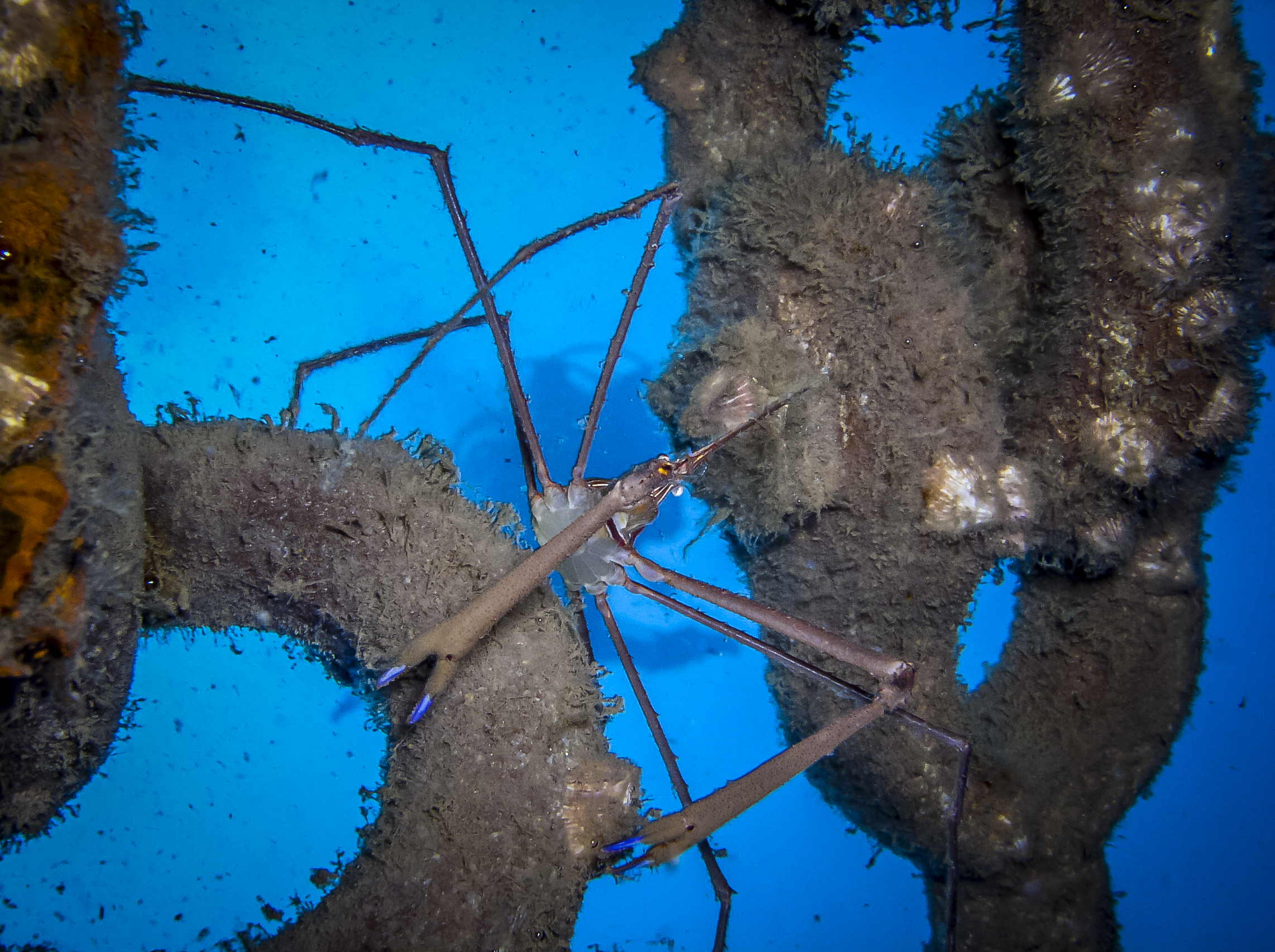
I booked my trip through American Diving, a local dive shop based in South Padre. And, upon their recommendation, I reserved a room at La Copa Inn Resort located only minutes away from their shop. I was told I could even get a break on the price if I let them know I was referred by the dive shop, but upon arrival, the woman behind the counter only stared as if to say, “so?”
During the summer months, which is high season, room rates almost double so expect to pay more if that is when you go. Rooms during high season can run $289 a night on weekends or $194 a night during the week.
Overall La Copa was a reasonable choice, but I did have a couple of complaints. The most important was parking. Since the beachfront property is at a premium on South Padre, parking lots usually extend out in front of the hotels in long narrow strips. This makes hauling your dive equipment and luggage quite a chore. I looked for luggage carts and told there were plenty, but I never saw one the entire weekend. I did see a couple who had swiped a maid’s laundry cart and were using it to carry their bags.
Another issue, which was minor, was they didn't have internet service. Actually, they said they did and in parts of the hotel, they did, but just not in my room. When I called down to the desk, their only response was to come down to the lobby and use one of the "two" complimentary computers. Still, I was there to dive so that didn't matter.
As for the rooms themselves; they were clean, comfortable, and offered all the regular amenities you would expect including single or double queen beds, microwaves, refrigerators, alarm clocks, and TVs. Since I would only be using the room to sleep, La Copa was fine, although pricey.
Charter Service
American Diving is owned and operated by Tim O’Leary, head of NAUI’s technical diving division. He is a friendly, knowledgeable, and good-natured person. He knows a great deal about diving and about diving safely. He is also one of the few people who can make suggestions about your changing up your diving equipment without sounding arrogant. Tim has lived on the island for a very long time and knows the area well. He can make snap decisions regarding which sites to dive as the weather changes so divers don't lose any time underwater. Likewise, his crew is professional and understands their role well. I was very pleased with their performance, and how they conducted the dives.
Tim runs 13 recreational dive trips off South Padre Island as well as other technical charters. Individual divers can buy trips for standards rates depending on the site or you can book the entire boat. Prices for the boat are determined by how far offshore you want to go; $1000 for 11-miles, $1500 for 22-miles, and to go beyond 22 miles you would need to put up $2000. These prices are fixed however and are not determined by the number of divers brought onboard.
Before making the trip down, you should always call ahead and make sure the trip is a “Go.” As with any dive service, weather plays a large role. If a trip is canceled because of weather, they will do it one day in advance based on the information at hand. As you book your trip, you will be asked to provide a phone number where they can contact you with updates or confirm your spot onboard. If the trip is going, they will also give you a brief description of the expected sea conditions, but this can also be found on their website.
If you need equipment, make sure and have it arranged ahead of time. American Diving is a fully stocked dive store, so if you forget, lose, or just don’t have certain pieces of equipment you can buy or rent whatever you need. They can provide tanks for $5.00 per fill including any mix of nitrox you are qualified to use, so make sure and bring all your certification cards. You can also use their nitrox analyzer if you don’t have your own. They have weights and weight belts which divers can also use, but the weights are not marked so you will have to estimate what you have on your belt.
Diver 1
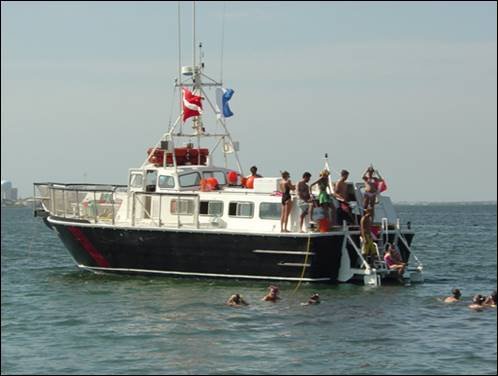
The dive boat, Diver 1, is 60 ft long and weighs 48 tons. She can squeeze 17 divers onboard and still ride fairly well in the water. Her configuration is pretty simple; there is the main passenger cabin with 12 bench style seats, a very small closet-style toilet, and a wheelhouse. They provide a fresh water barrel on the forward deck to rinse dive cameras and computers, but there are no fresh water showers onboard. There is a hose with a spray nozzle if you need to rinse off briefly, but their water supply is limited.
The bench seats have enough room to hold gear for two divers, but they are don't really work for non-collapsible containers. Mesh bags or collapsible duffel bags work best. It is also recommended to bring along a “dry bag,” because as divers come in and out of the main cabin, everything inside gets soaked.
While the boat is underway, you are free to wander around and if you keep on the lookout, you might see a few dolphins in the surrounding waters. On our return from the first day of diving, we were fortunate enough to see a pod of 12-15 dolphins. And, because Tim is a gracious host, he positioned the boat in front of the pod and allowed us to grab our mask, fins, booties, and snorkel and jump in after them.
Diving Procedures
Divers assembled their gear at the marina before leaving the dock. This is just behind where the boat is moored. Each diver is then assigned a number which the crew uses to load and stow their equipment. All gear is stowed on top of the main passenger cabin in the determined sequence so when a number is called, the diver steps to the stern of the vessel to await their equipment. As the diver sits on the dive platform, a member of the crew grabs the diver’s rig on top and lowers it down to a dive master who helps the waiting diver don their gear. Once the seated diver completes a front roll off the platform and gives the “OK” signal to the dive master, they can head for the tagline that is attached to the boat as well as to the mooring line, and then follow it down to the dive site.

To exit the water, divers approach the ladder one at a time. Each diver hands up their fins first and any integrated weights the diver might be using. They then climb up the first two rungs on the exit ladder, where a member of the crew removes the diver’s tank and BC. Once in the main cabin, all divers remove their used tank and hand it out to the crew who place it in the tank rack on top of the boat. They then take a fresh tank and hand it back down to the diver who reattaches it for the next dive. Divers then hand it all back to the crew who places it back in order on top of the main cabin until the next dive.
If you use a backplate and wing that also utilizes a crotch strap, donning your equipment while sitting down is not ideal. As they place your rig behind you, you need to lift up for a moment and find the strap and pull it out from under you. As you cinch it up, you don’t get the feeling it is secure and will probably have to retighten it once you enter the water. To exit, you are required to bring the rig up into the main cabin where the crew helps you remove it. But, since Tim and most of his diver masters also use a backplate and wing, he understood this difficulty and allowed me to don my gear in the main cabin the next day and exit off the side of the boat. This was much more comfortable and I appreciated this gesture.
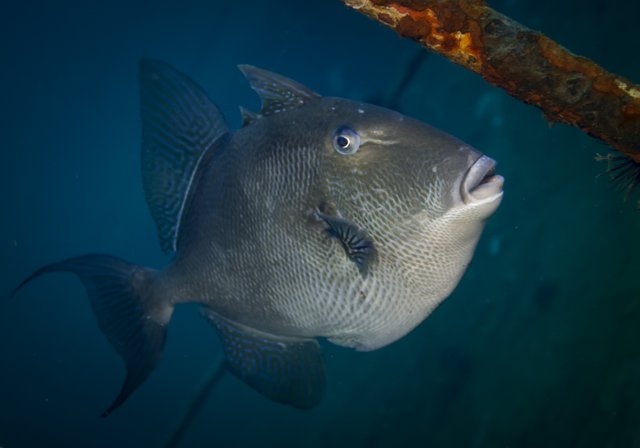
One area which needs some improvement is with the orientation to the boat and the safety equipment. Safety procedures were not discussed and the only reason I knew where the life jackets and 02 bottles were located was that I looked for them. There was no mention of first aid equipment, life jackets, lifeboats, or the ships distress signal (EPIRB). I guess we were just meant to follow the crew’s lead.
Dive Sites
When you book your trip, you are given several sites that you will dive. You need to understand these are only suggestions. When I booked my trip, I looked on their website to see what sites they planned to dive. I was told we would dive the Godfather and Lady D on the first day then Albatross on day 2. So, knowing these sites were fairly deep, 110 ft and 130 ft respectively, I built out my dive profiles accordingly. Over the following week, I continued to monitor the website and looked for additional information regarding these sites. As I did, I noticed the dive to the Albatross had been switched to the wreck of the Dona Nelly, and the order had also been changed so that the deeper dive was now listed on the first day instead of the 2nd. So, this meant the nitrox mix I had already prepared was wrong. This meant I would have to dive shallower than planned if I wanted to keep my oxygen partial pressure to 1.4. After returning to shore the first day, we again found the second day’s dives had been changed. We were now going to the wreck of the Deep Six and not the Godfather or Lady D. Fortunately, this wreck was lying in about 70 ft of water so my mix was not a problem. When I asked Tim, he told me honestly each morning he has to look at a whole host of information and try and determine what he feels is the best site for the passengers onboard as well as the weather conditions at hand. Sometimes he guesses correctly and sometimes not but it is always with the customer’s best intentions in mind. I can appreciate that, but you need to understand that things might change fast.
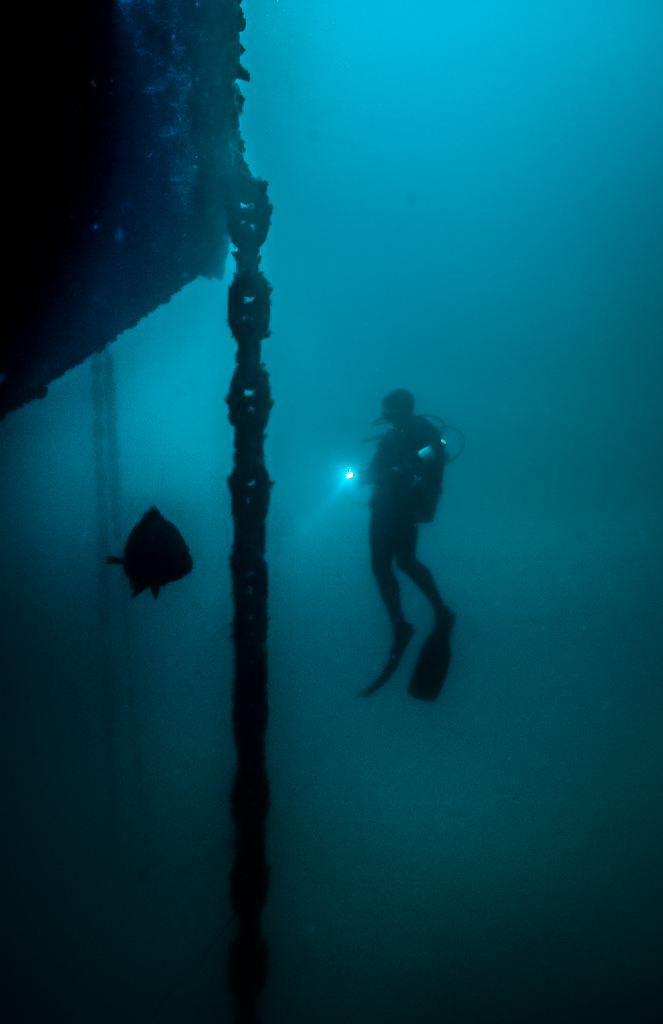
The wreck of the Dona Nelly is a completely intact shrimp boat located 20 miles from South Padre Island. She sits in 130 ft of water with her top rigging at 85 ft and her deck at 110 ft. I will admit I was fairly disappointed with this site. During my dives, I had to dive through several different halocline layers so the visibility was poor. Above 100 ft visibility was 40-50 ft, but below 100 ft, visibility dropped to under 10 feet.
The Deep 6 wreck is an 82 ft shrimp boat located 11 miles from the South Padre Island jetties. This steel-hulled wreck lies in 70 feet of water and was reported to have a wide variety of sea life including tropical fish, red snapper, turtles, and stingrays. Even though it was shallower, I enjoyed this dive more than that on the Dona Nelly. Here there is a small ecosystem that has already developed on the back deck of the abandoned shrimper. For some reason, it reminded me of “Finding Nemo.” Still, most of what I saw was small and nothing out of the ordinary. I did not see any rays or turtles. On the first dive, visibility was around 20-30 ft but on the second, conditions deteriorated to where visibility had decreased to 10 feet.
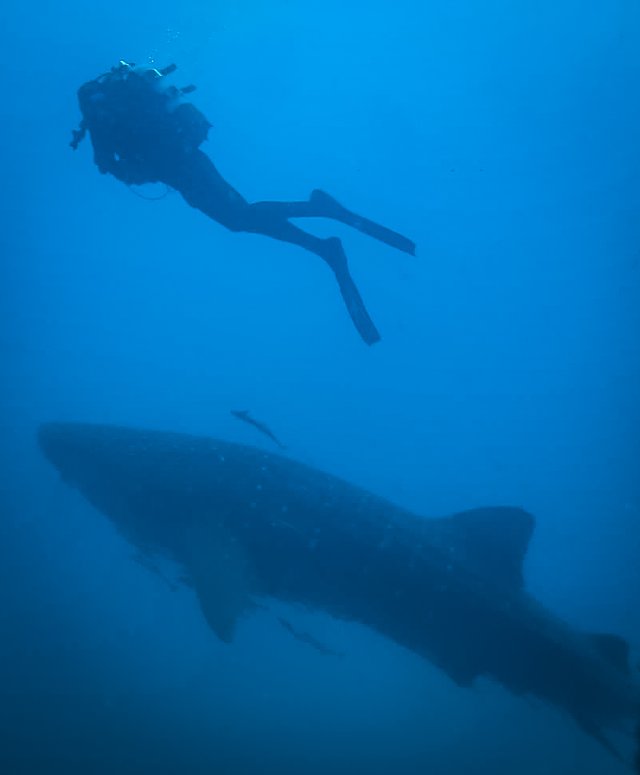
Conclusion
I had already determined that for me to return to South Padre, the dives site I visited needed to be quite engaging to capture my attention. There would be no way I could justify spending the money or time to travel from Austin if the sites offered nothing more than my local lake. It would also be very hard to recommend the trip to other divers in my area if I could not find the value myself. So, based on what I experienced, I probably would not go back.
Now, there is one caveat to my decision. I will return to dive some of their deeper sites. But for now, I will keep my eye on their website and if an opportunity presents itself to dive something more meaningful, I will call down and book another trip. As for recommending it to other divers, that is a tough call. For those who have never been on a true wreck, these sites might serve them well but for any serious wreck diver, they are still only shrimp boats.
Enjoying my content? Please help support my ongoing efforts by resteeming.
Thanks So Much - Liquidtravel
Congratulations! Your high quality travel content caught our attention and earned you a reward, in form of an upvote and resteem. Your work really stands out. Your article now has a chance to get curated and featured under the appropriate daily topic of our Travelfeed blog. Thank you for using #travelfeed
Congratulations, Your Post Has Been Added To The Steemit Worldmap!
Author link: http://steemitworldmap.com?author=liquidtravel
Post link: http://steemitworldmap.com?post=review-american-diving-the-good-the-bad-and-the-ugly
Want to have your post on the map too?